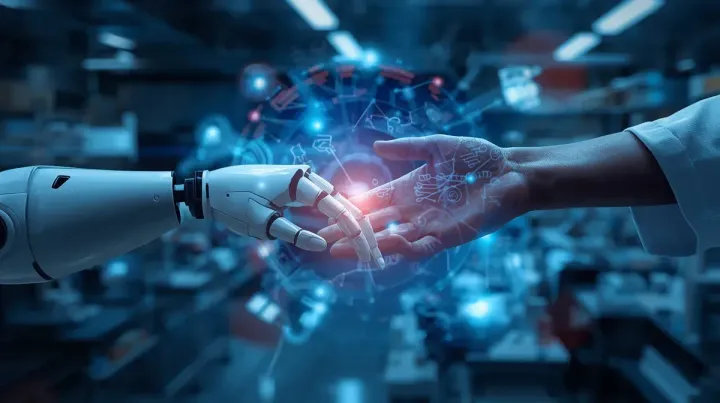
The Ghost in the Machine: How a Hidden Workforce of Data Labelers Powers Modern AI
We ask ChatGPT a question, and a coherent, well-written answer appears in seconds. We see a self-driving car navigate a complex intersection. It feels like magic, a clean and sterile process happening inside a silicon chip. But that’s a carefully crafted illusion. The intelligence we witness isn’t purely artificial; it’s forged in the fires of human labor—often repetitive, underpaid, and performed by a global underclass of “ghost workers.”
This isn’t a story about algorithms. It’s a story about people.
The Engine Room of AI: Data Labeling
For an AI to learn the difference between a cat and a dog, or to identify a stop sign in a grainy photo, it must be taught. It needs to analyze millions, even billions, of data points. This teaching process is called data labeling or data annotation. Humans manually tag images, transcribe audio, and classify text to create the high-quality datasets that machine learning models feast on.
As Álvaro Montes, a director at Prisa Media, explained in a report by Global Voices, AI platforms don’t think like humans. They use mathematical “reasoning” to compare pixels and shapes. That process requires a colossal amount of pre-labeled data.
This is the work that Silicon Valley conveniently outsources. It’s the digital equivalent of a factory assembly line, but one that’s hidden from view, scattered across the globe in countries like Venezuela, Colombia, Kenya, and the Philippines.
A Day in the Life of a Ghost Worker
For many, this work is a lifeline in regions with struggling economies. Platforms like the now-defunct Spare5 or Hive Micro offer tasks that can be done from home, paying in US dollars. But the reality is grim. One worker, Allan, described his experience training self-driving cars as “a bit like slave labor.” He spent all day analyzing images of streets, with a strict time limit of 5 to 20 minutes per task. Exceed the limit, and you don’t get paid.
The pay is often abysmal. An investigation by the MIT Technology Review found data labelers earning approximately $2 per hour, with no social benefits or employment guarantees. This has led some to call it a “new colonial world order,” where the wealth of Big Tech is built on the backs of cheap labor from the Global South.
The work isn’t just tedious; it can be mentally scarring. While some tasks involve identifying cars and pedestrians, others require content moderation, forcing workers to view a relentless stream of toxic, violent, and hateful content to teach AI what to block.
The Push for a More Ethical Supply Chain
The industry is slowly waking up to this ethical crisis. Organizations like the Partnership on AI (PAI), backed by giants like Microsoft and Google, are developing resources for “Responsible Sourcing.” They aim to improve the well-being of these “data enrichment workers.”
Some companies, like DignifAI, claim to be different, offering better pay and psychological support for their employees, many of whom are Venezuelan migrants in Colombia. It’s a step, but is it enough?
The core issue remains: the model is built on a fundamental disconnect. AI developers treat enriched data as a commodity, forgetting the human cost of its production. As Mary L. Gray, a Senior Principal Researcher at Microsoft Research and author of Ghost Work, points out, the future of AI hinges on investing in the work conditions of the people who handle the data.
Our Role in This Machine
We, as consumers and tech enthusiasts, are part of this system. The “magic” of AI is not free. It comes at a human cost. The next time you use an AI-powered tool, remember the invisible workforce clicking, tagging, and classifying data in the background.
The challenge isn’t just to demand better pay for these workers. It’s to question the entire model. Do we want to be a society that builds its technological future on an invisible, exploited underclass? Or do we want to build a future where innovation and human dignity go hand in hand? For now, we are just consumers in this new industrial revolution, but we must strive to become its architects.


